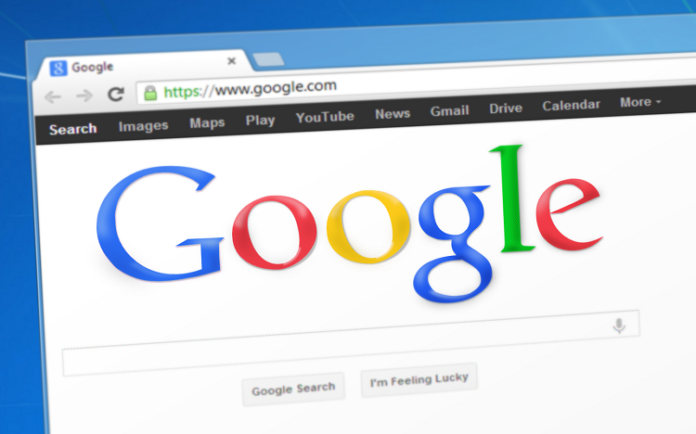Have you decided to use Google Lighthouse to see how your website scores, only to find out that your website isn’t performing nearly as well as you would’ve thought? You’re not the only one, as your Google Lighthouse score is extremely technical and nit-picky. They take into account more than site speed and the content on the page.
Here is everything you need to know on how Google determines your Lighthouse score.
Largest Contentful Paint and Total Blocking Time
The largest contentful pain (LCP) and total blocking time (TBT) make up around 50% of your Google Lighthouse SEO score. Therefore, these should be the two that you tackle first.
LCP refers to the time it takes to load your largest image, video, or text block on your site. Ideally, you’ll want to aim to have this time be under 2.5 seconds.
TBT is the time between your site initially loading and when a user can interact with it. When someone enters your website, you want them to be able to click or scroll as fast as possible. You’ll want to keep this under 300 milliseconds to get a good SEO score.
Check out these tips on how to improve your Lighthouse score.
First Contentful Paint, Speed Index, and Time To Interactive
First contentful paint (FCP), speed index, and time to interactive (TTI) make up 45% of your score. These carry less weight than your LCP and TBT but will bring down your score.
FCP is the time it takes your website to load up the first image or block of text. The longer it takes for the FCP, the more likely you are to have someone exit your website. Aim for under two seconds.
The speed index is simply the time it takes to load the entirety of the page for users to see the content. Optimizing for the speed index requires your content to load in blocks, rather than all at once.
TTI refers to the time between a site loading the assets for someone to click and them actually being able to click it. Because certain files like videos can take longer, Google Lighthouse gives you up to 3.8 seconds to still be considered good.
Cumulative Layout Shift
Cumulative layout shift is relatively new and has to do more with user experience when it comes to moving around the website, rather than speed. This only makes up around 5% of your score.
This score calculates how items on a page shift as you scroll after they have loaded.
Use These Tips To Up Your Google Lighthouse Score
Your Google Lighthouse score is going to fluctuate as they fine-tune the tool for people. Also note that you have two different scores, one for desktop optimization and another for mobile optimization. Keep playing around with your site until you reach a score you’re happy with.
If you want to learn more ways to optimize your website, then be sure to check out the rest of the blog. Know someone struggling with a low score? Share this article with them so they know what to look at exactly.


